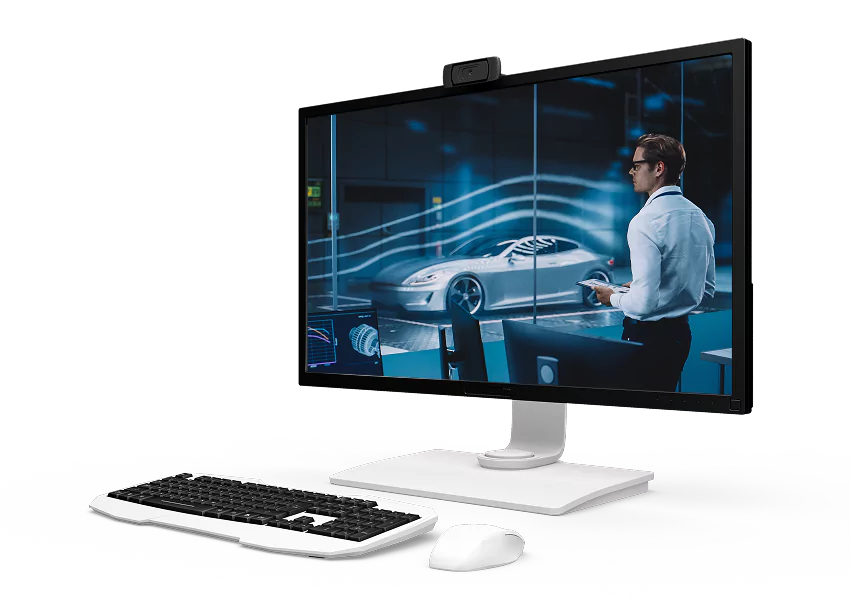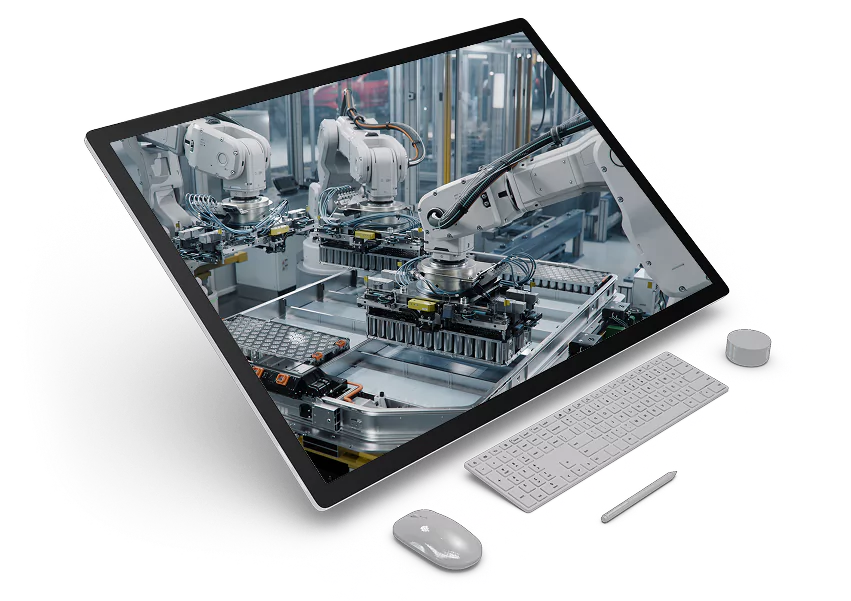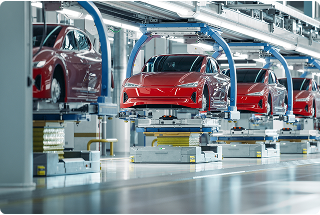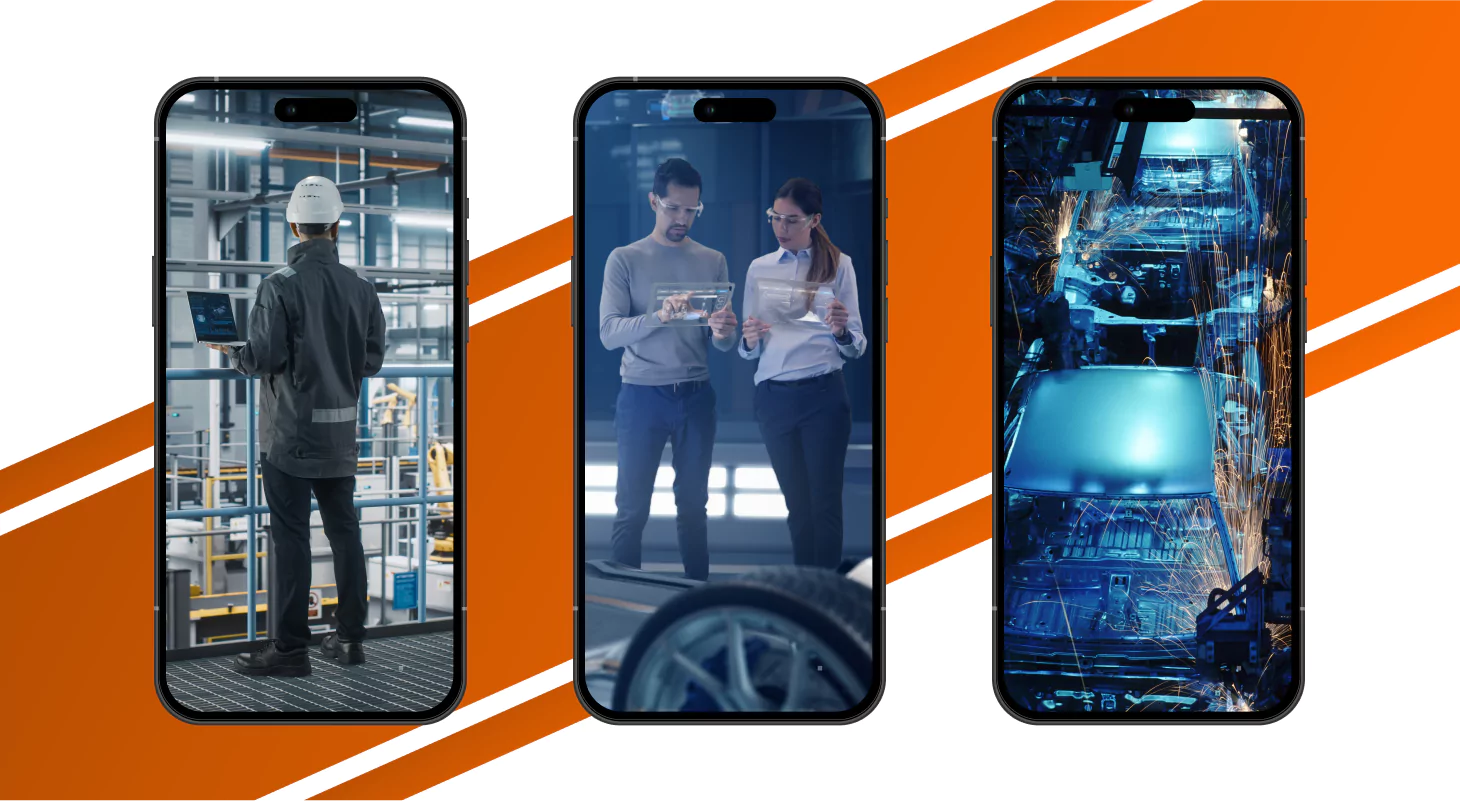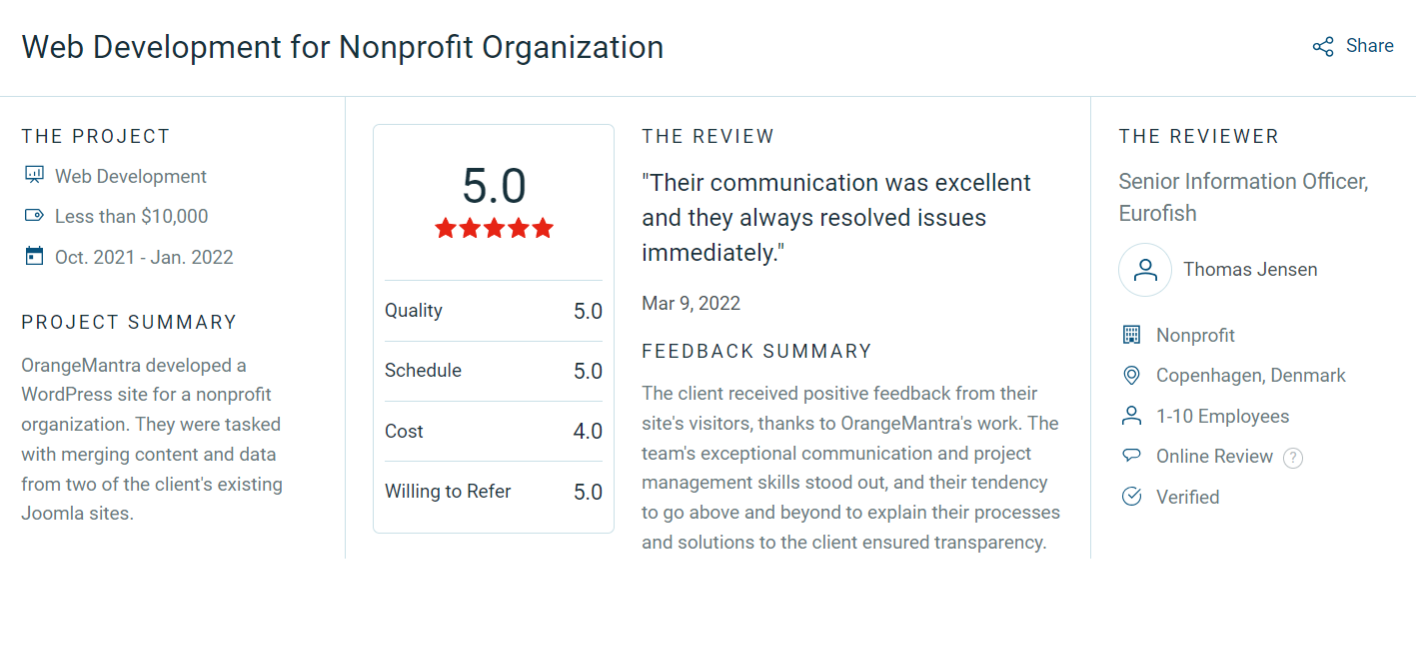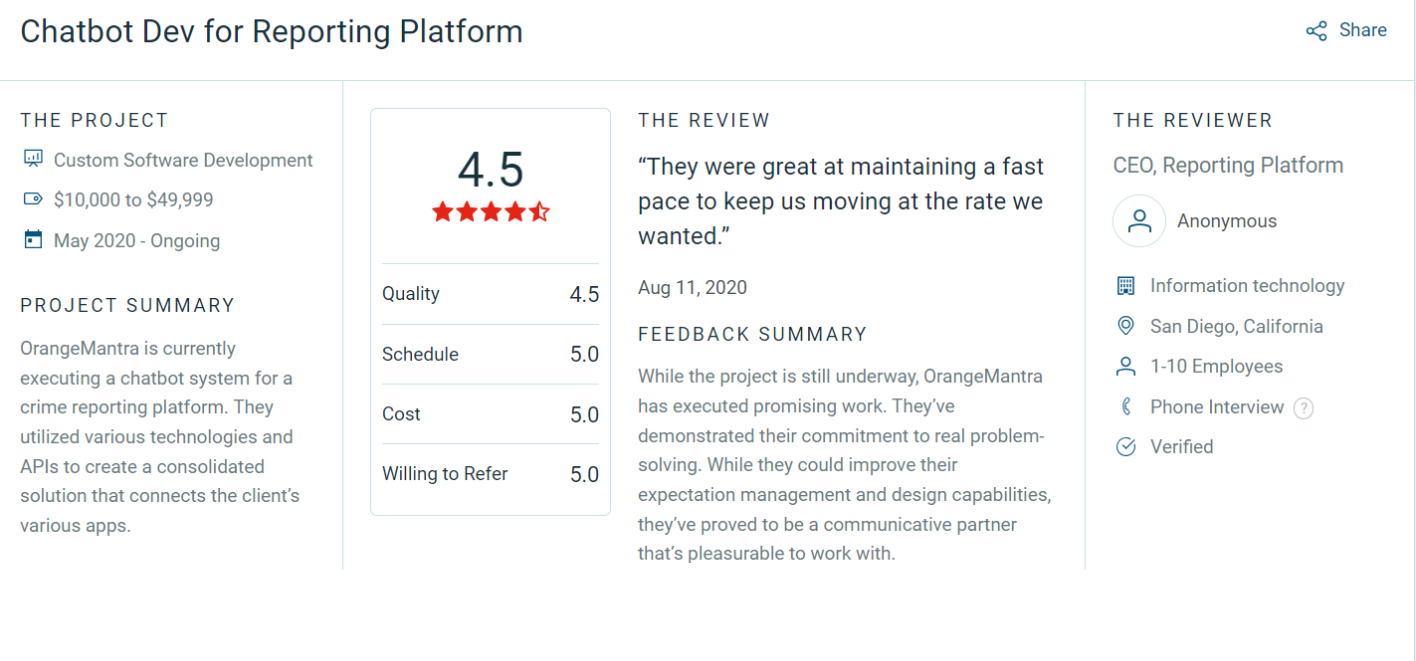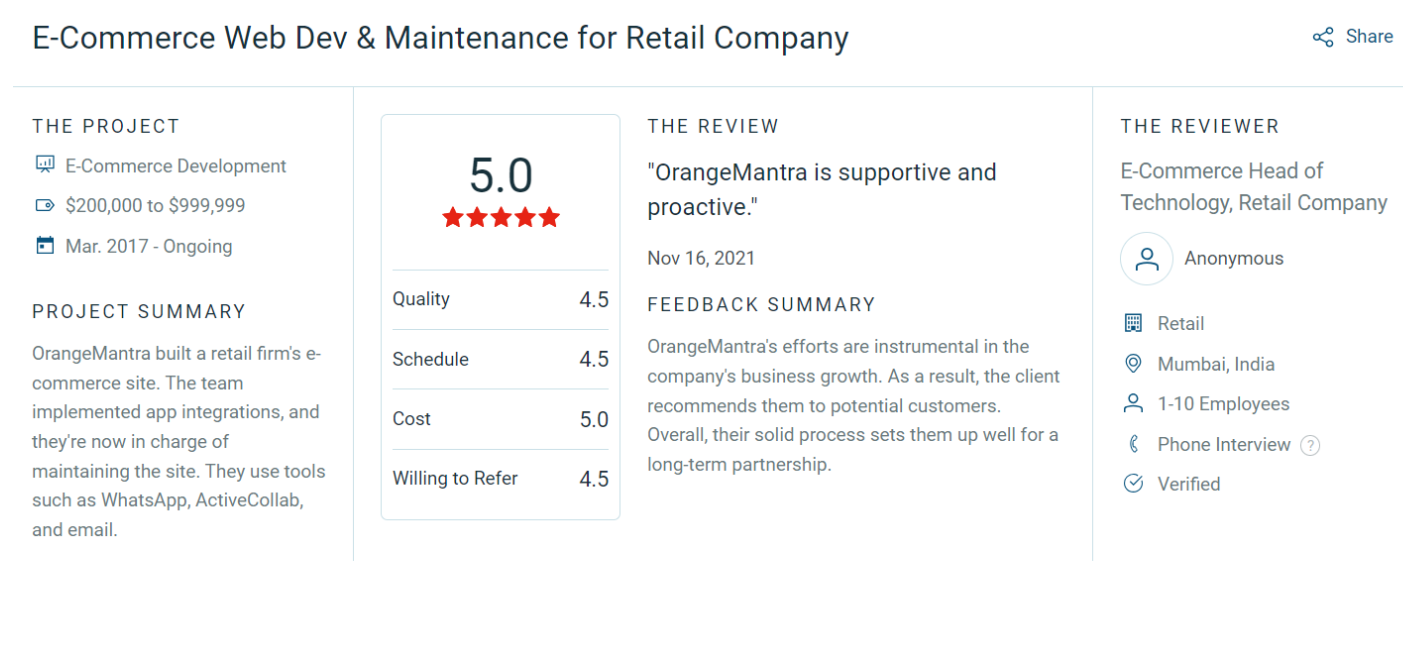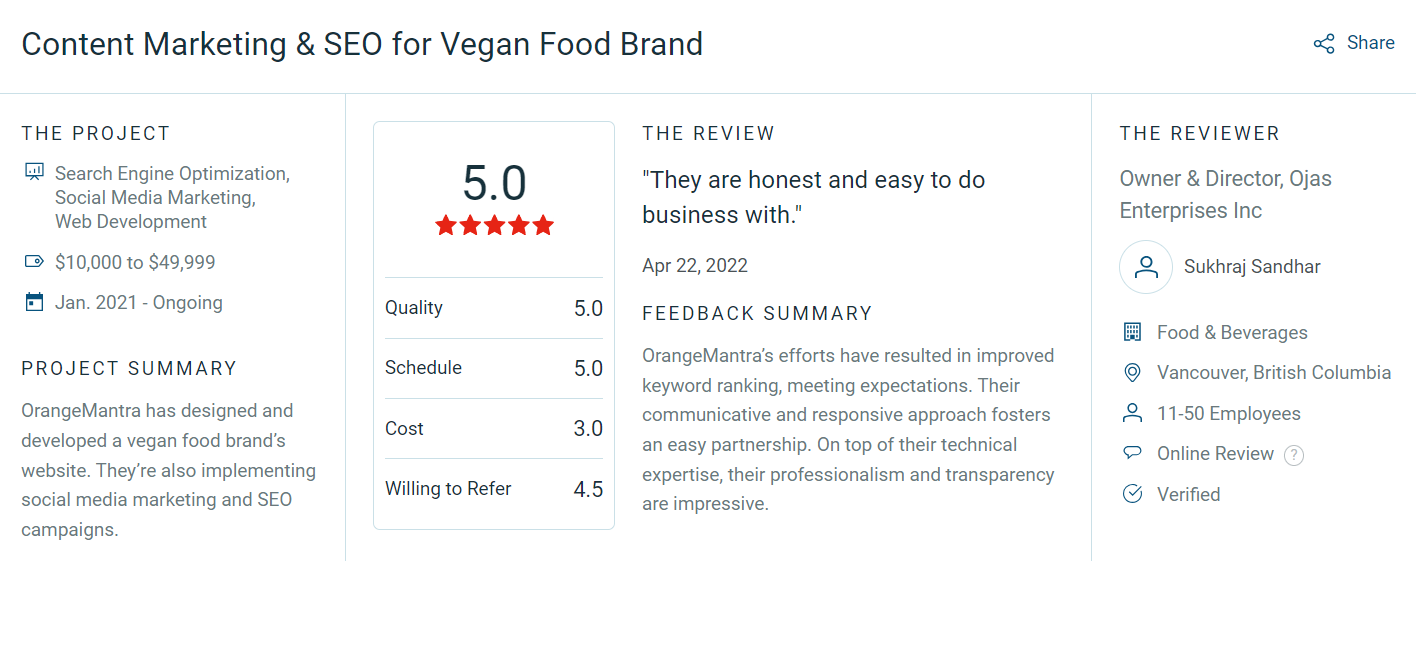The Challenge– When Traditional Inspection Doesn’t Keep Up
Quality checks depended heavily upon human operators and 2D vision setups. They had several issues such as inability to spot fine surface flaws and alignment issues. Whereas manual checks caused bottlenecks that slowed down fast-moving lines. All these issues showed that there was a need for a flexible 3D vision solution. The system should be able to operate in real-time and is capable of smoothly integrating into their robotic and data infrastructure.

